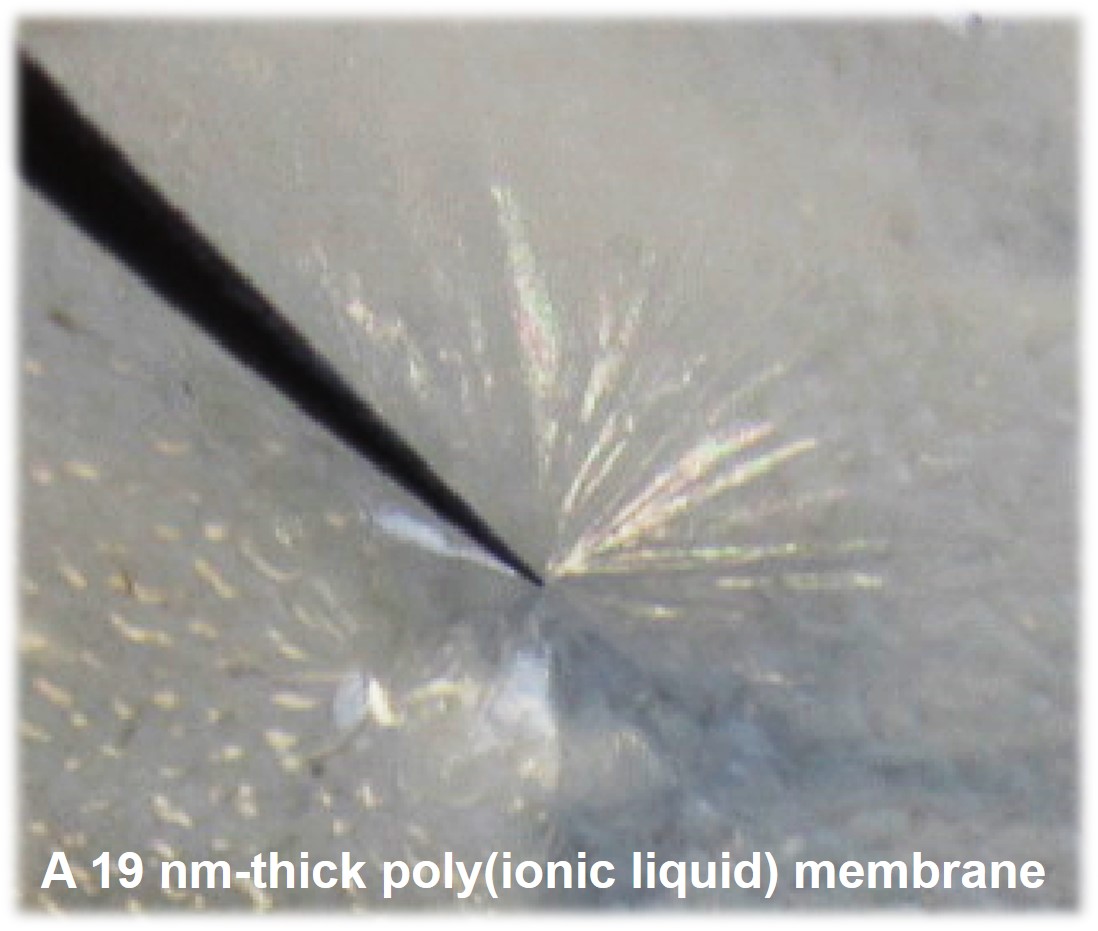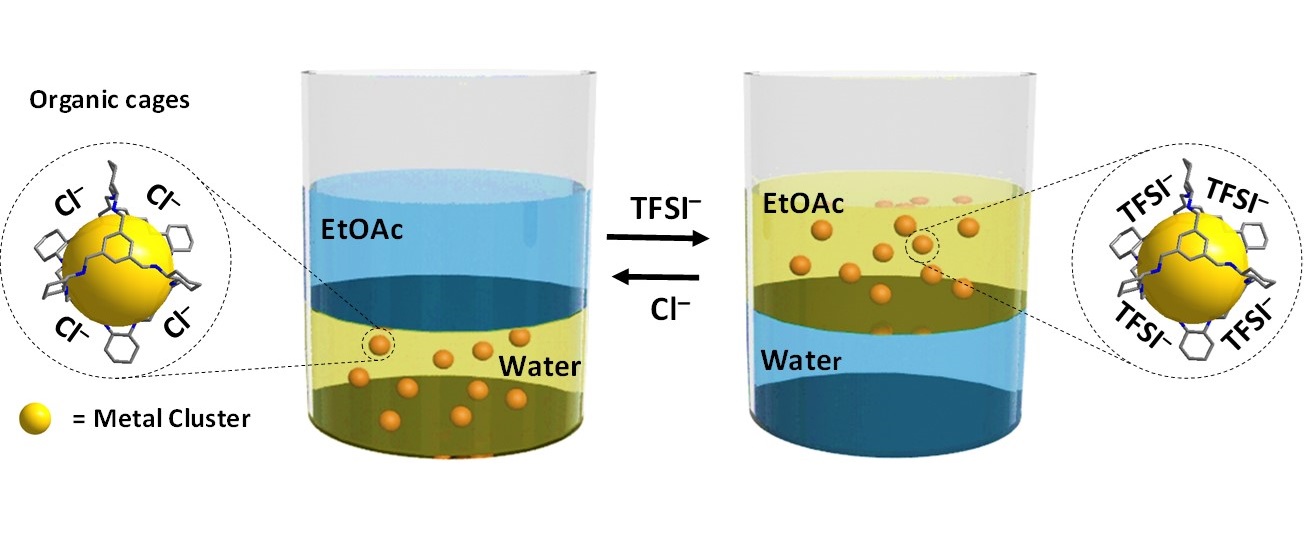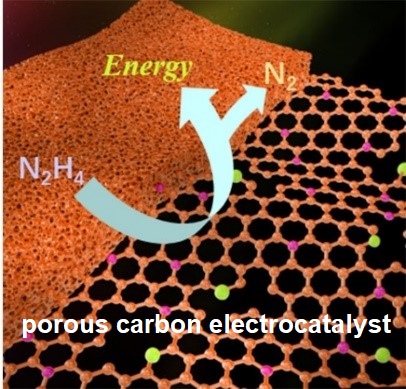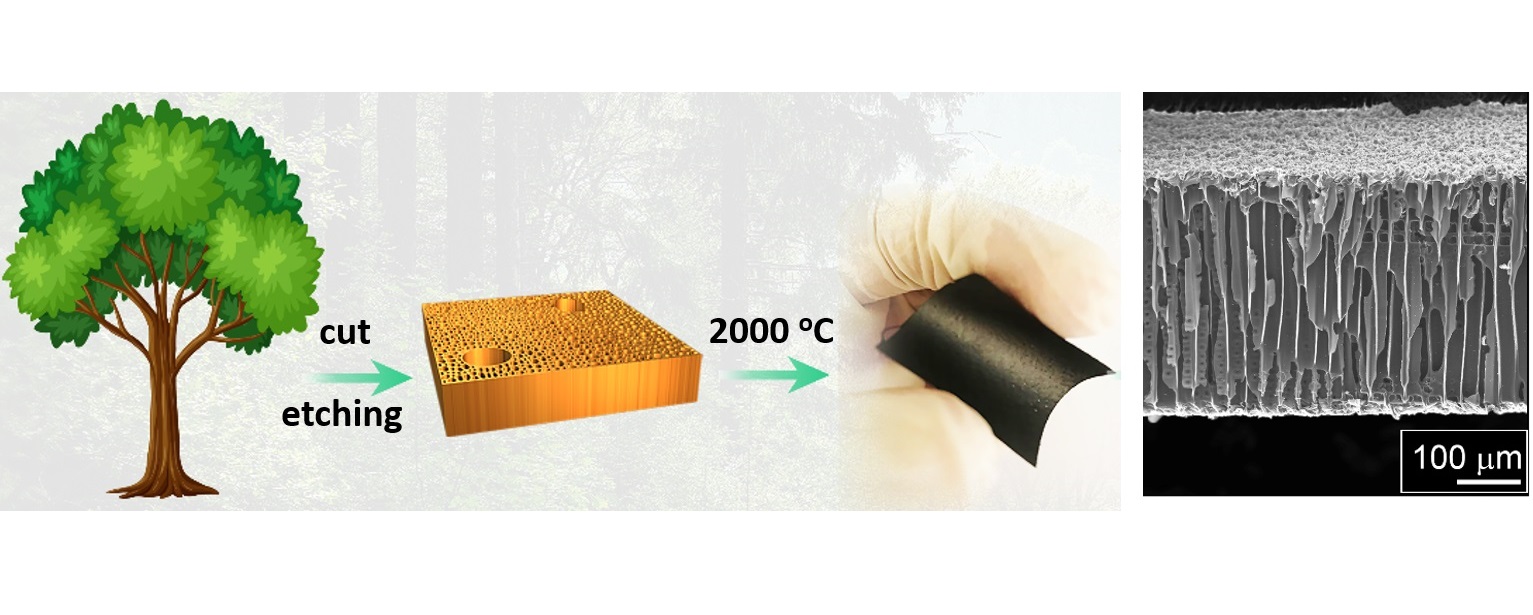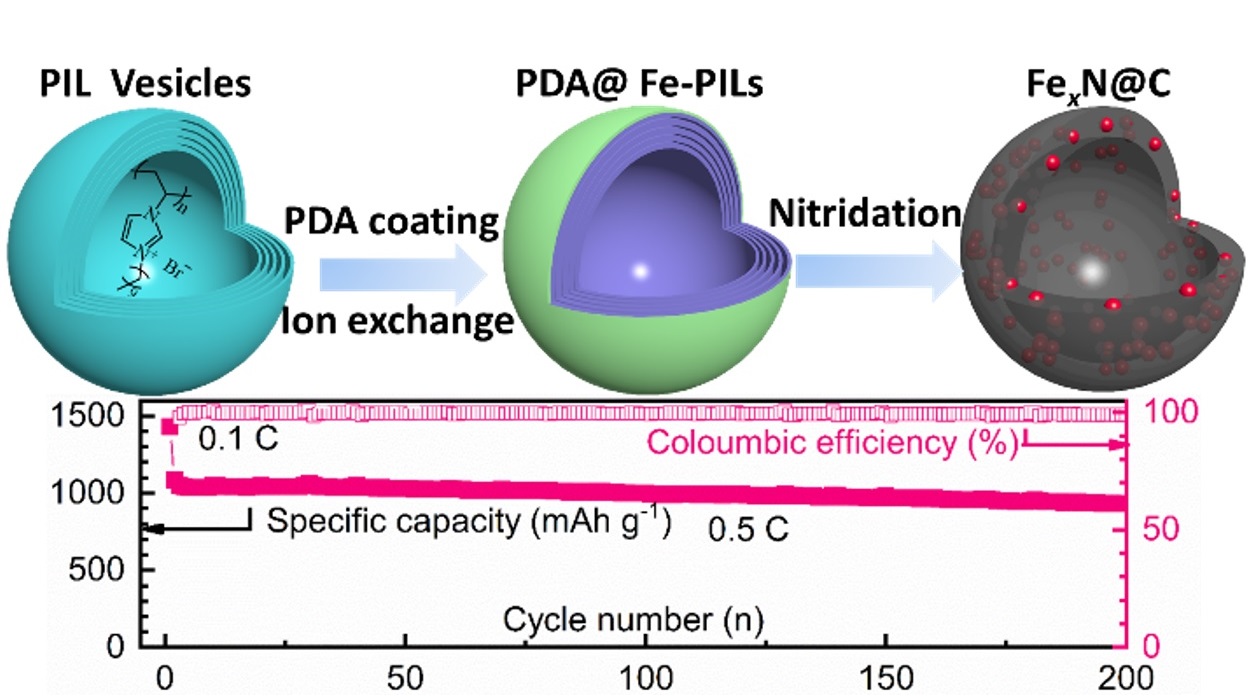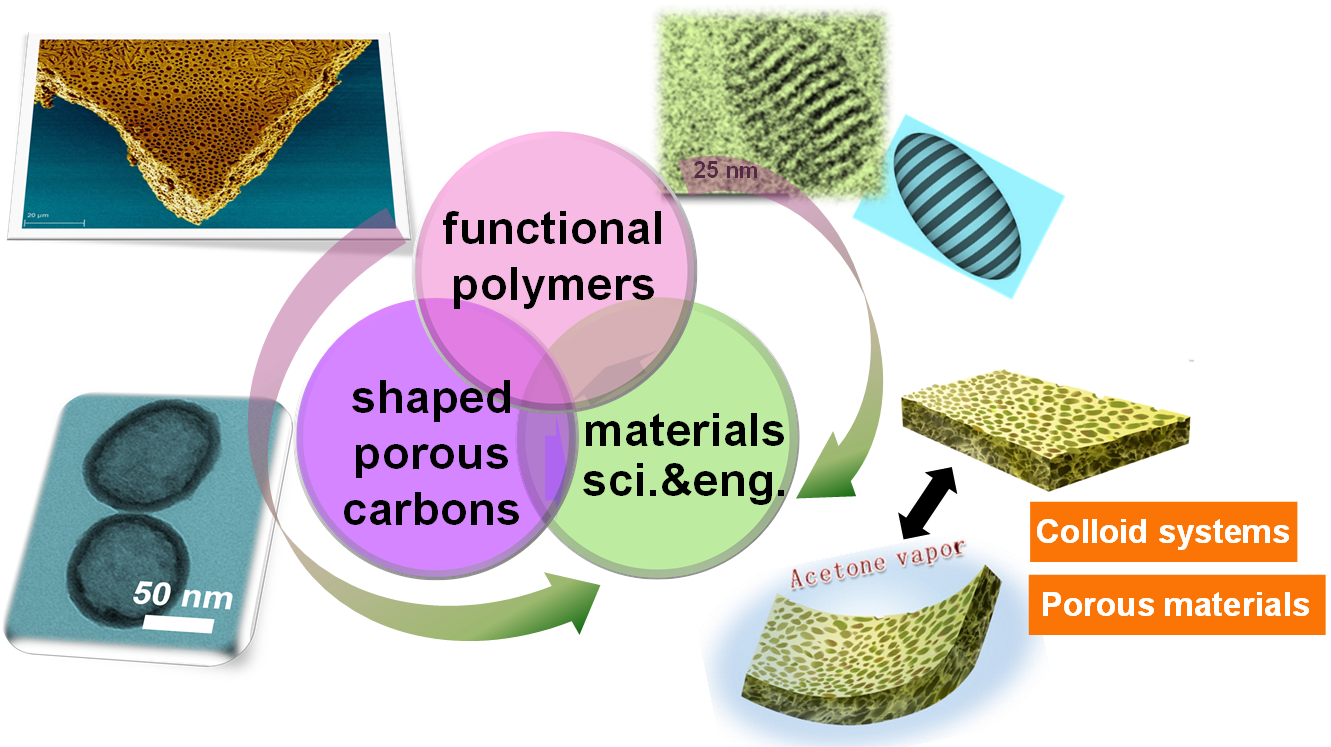
Functional Polymers and Carbons: from fundamentals to applied materials
Financial support by

Research
Our mission is to design, create and investigate broadly defined functional polymers and carbons, particularly in a well-structured (e.g., colloidal or porous) form, via simple chemistry and processing. We aim to understand fundamental knowledge and confront challenges in these materials to build up a better and more sustainable society. The team deals with both basics in polymer science and carbon research, and the forefront topics in materials science and processing to inspire new solutions to environmental and energy issues. Our current focuses are listed beneath.
1. poly(ionic liquid) chemistry for materials innovation.
Currently, one of our key focuses is the synthesis and materials application of poly(ionic liquid)s (PILs), a class of multifunctional polymers that are produced via polymerization of ionic liquids and/or attachmen of IL species covalently to the polymer chain. PILs carry a traditional profile of macromolecules and simultaneously maintain certain properties of ionic liquids, therefore representing a new concept to build up task-specific functional polyelectrolytes. Our activities on this topic cover new chemical structures. colloidal systems, porous polymers and membrane, fibers and responsive materials.
2. biomass-derived functional systems
Constructing functional systems and devices entirely or partially from renewable biomass is an important materials concept towards a sustainable society. From nature trees and cottons to clothes and filter papers, we invented new design methods and processing concepts to make better materials from renewable resources. Right now we are particularly interested in biomaterial-derived soft actuators and energy storage/conversion system.
3. Polymer-derived heteroatom-doped porous carbons for energy, sensing and catalytic application
Our interest deals with polymer-derived heteroatom-doped porous carbons with well-defined shape for energy, sensing and catalytic applications. Their distinctive shapes include (nano)particles, hollow nanospheres ("nanobubbles"), forms, fibers, and membranes. These carbons are invovled as electrode or electrocatalyst in several electrochemical processes, including batteries, supercapacitors, electrolyzers, and fuel cells.
Highlights
1. Our ERC-Consolidator project (2022-2027) "Nanoporous Porous poly(ionic liquid)s for CO2 capture and simultaneous conversion under ambient conditions (PARIS)" will start in Winter 2022. We will desgin dual-functional porous polymer spheres for CO2 capture and utilization under ambient conditions!
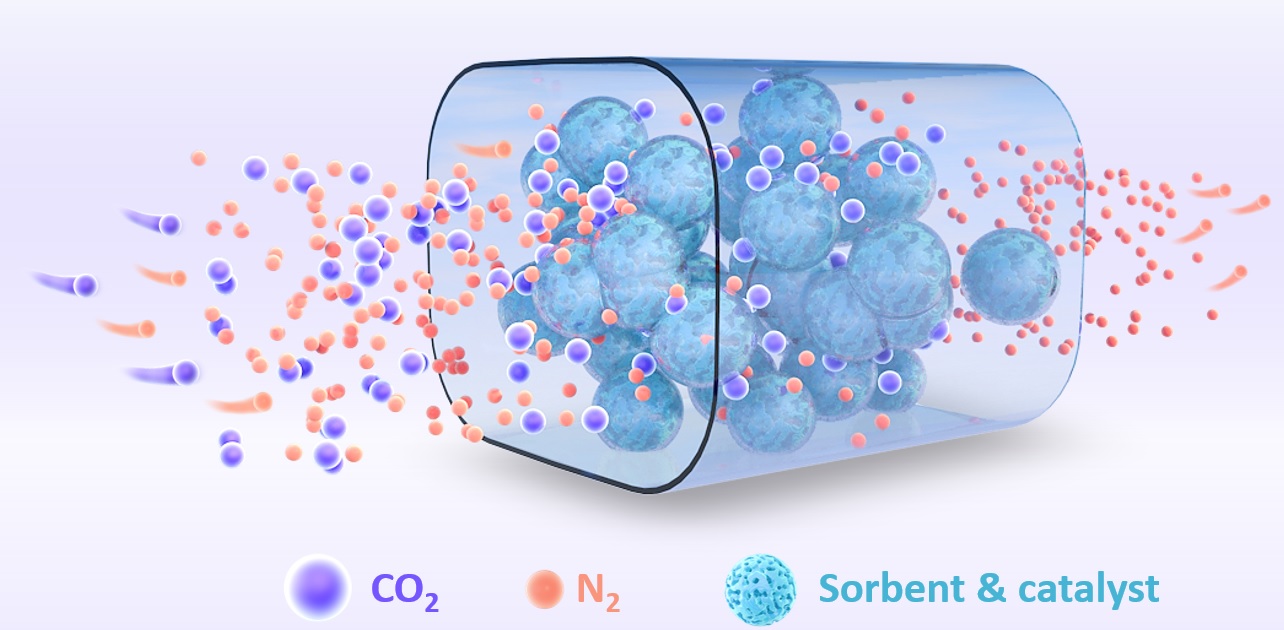
2. Our new article on " Facilitating alkaline hydrogen evolution kinetics via interfacial modulation of hydrogen-bond networks by porous amine cages" has been accepted! Our findings highlight the strategy of establishing a soft-confining interfacial modifier by porous cage, offering opportunities to optimize electrochemical interfaces and promote reaction kinetics in a targeted way.
Nat Commun. 16, 1849 (2025).
DOI: https://doi.org/10.1038/s41467-025-56962-z

3. Our new article on " Hierarchically Porous 3D Freestanding Holey-MXene Framework via Mild Oxidation of Self-Assembled MXene Hydrogel for Ultrafast Pseudocapacitive Energy Storage" has been accepted! We present a straightforward strategy to engineer robust 3D freestanding MXene hydrogels with hierarchically porous structures.
ACS Nano. 2024, 18, 4, 3703-3719.
DOI: 10.1021/acsnano.3c11551.

4. Our new article on " Redirecting configuration of atomically dispersed selenium catalytic sites for efficient hydrazine oxidation" has been accepted! We report a carbonaceous, atomically dispersed non-metallic selenium catalyst that displayed exceptional catalytic activity in the hydrazine oxidation reaction (HzOR) in alkaline media, outperforming the noble-metal Pt catalysts.
Matter. 2024, 7, 655-667.
DOI: 10.1016/j.matt.2023.12.001.


